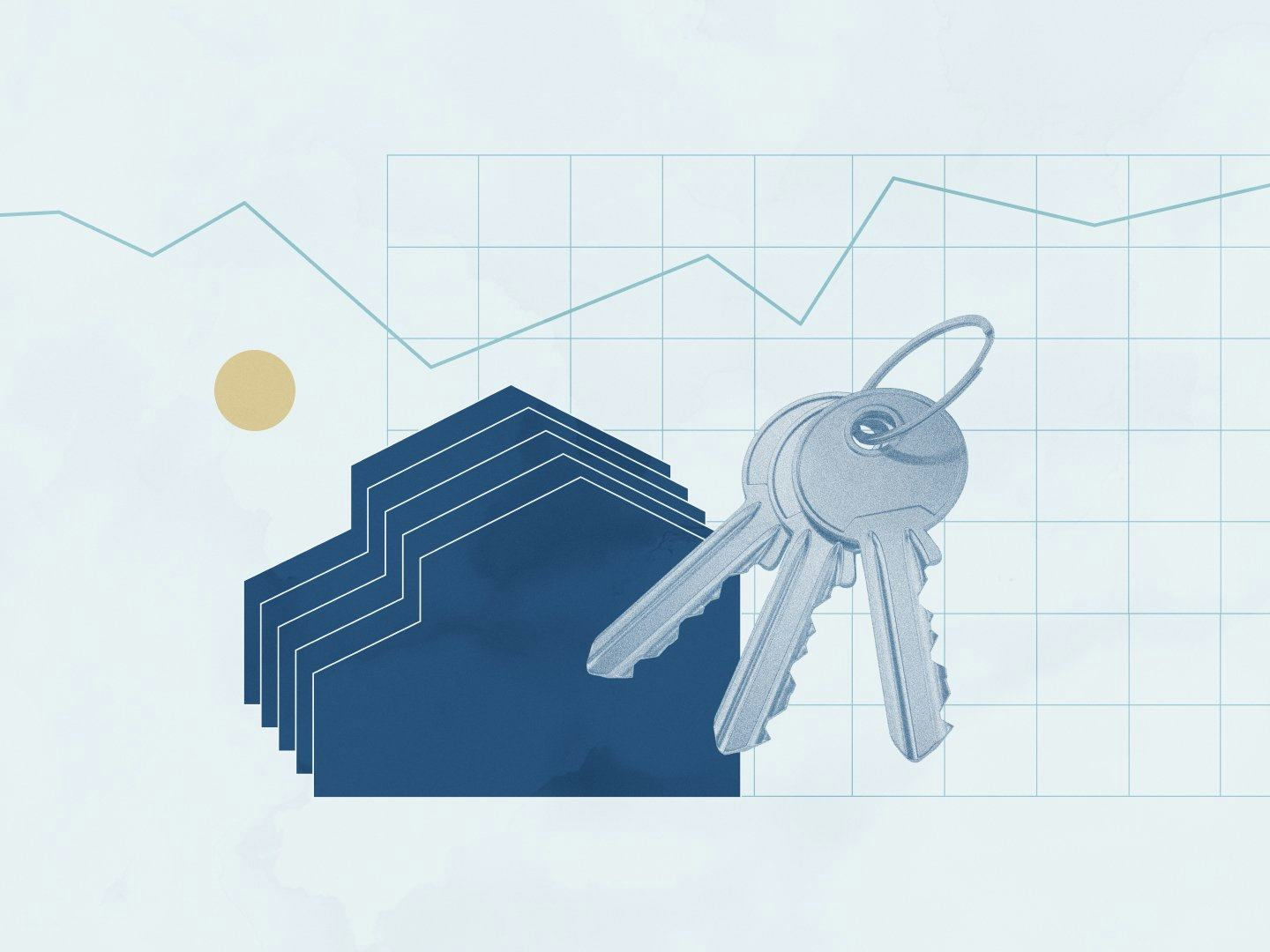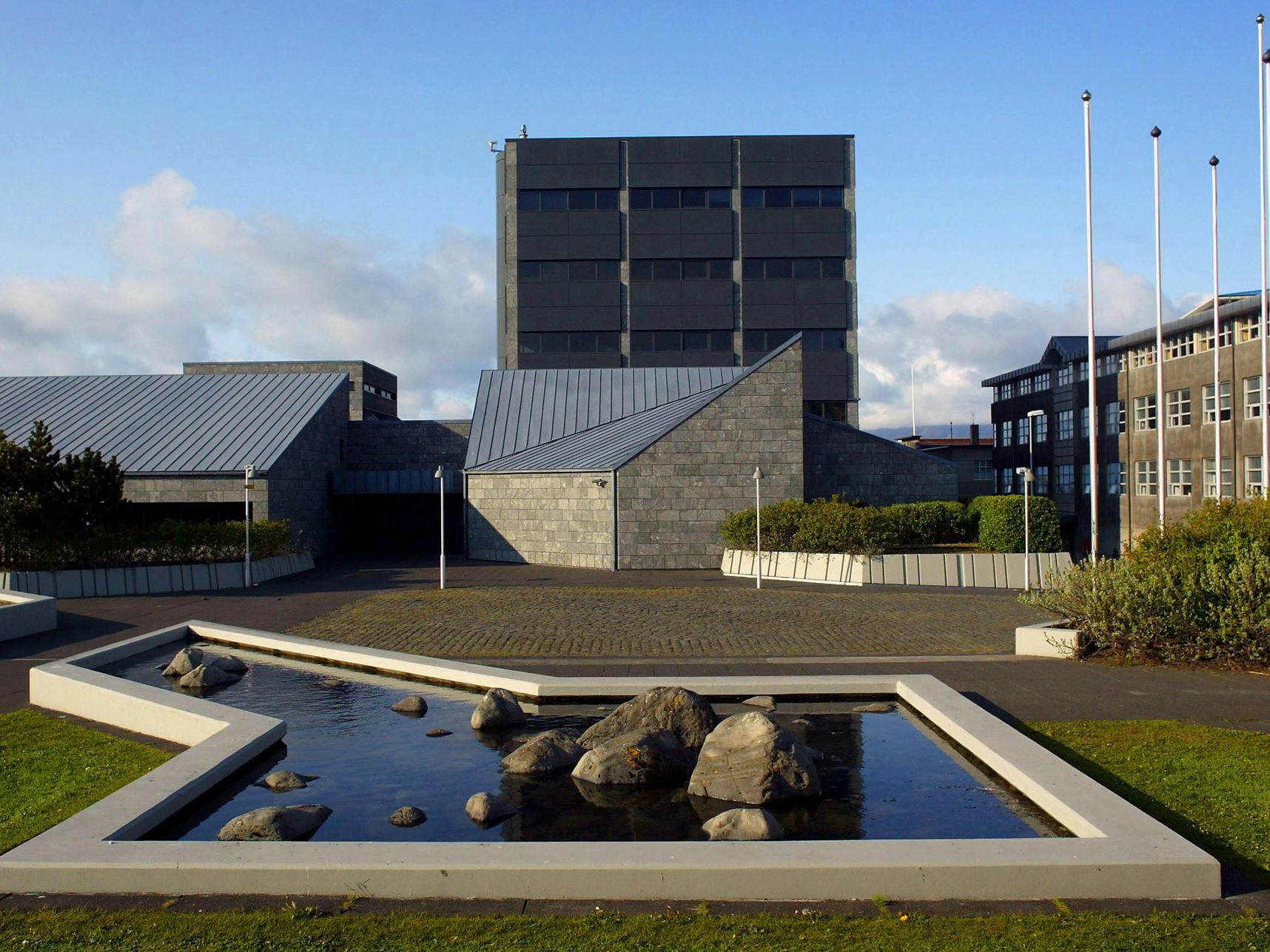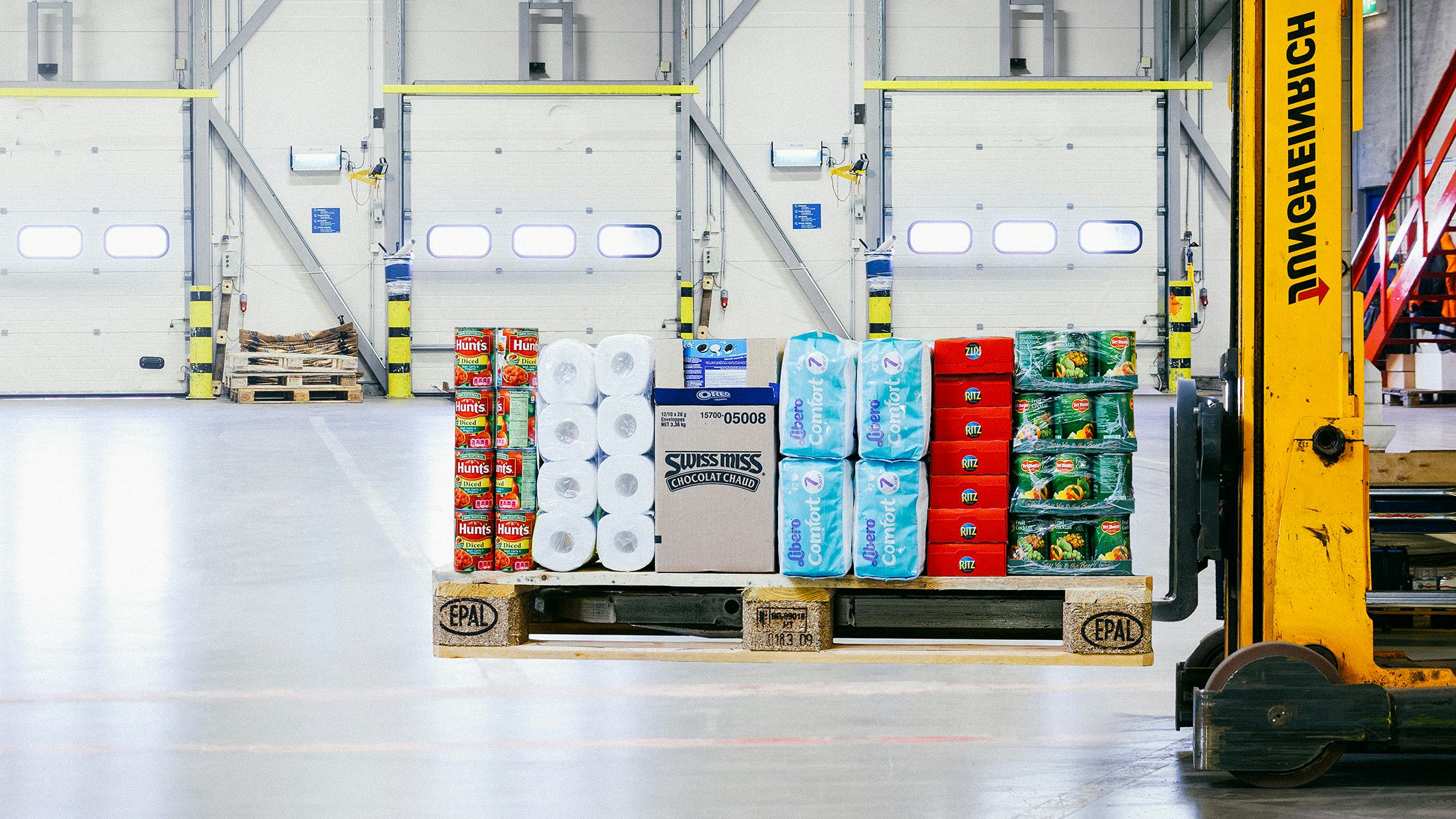Inflation is a hot topic these days and we want to take a closer look at some of the key concepts linked to it. I will try to keep this as clear and concise as possible.
Let’s begin with the concept of economic growth.
Economic growth is the change in gross domestic product (GDP) over a given period. Most commonly, we talk about growth between years. Gross domestic product is the total value of the products and services created in a country. A reduction in GDP between years results in negative economic growth and is described as a contraction.
In other words, economic growth can be described as a measure of change in value creation between years. Statistics Iceland measures economic growth per quarter. Experience shows that economic growth that is sustainable in the longer term is around 2.5-3.5% per annum.
What is inflation?
Inflation indicates how much the price of products and services has increased over a given period. If annual inflation is 10%, an item that cost ISK 1,000 one year ago now costs ISK 100 more, or ISK 1,100.
Statistics Iceland measures inflation by the price of a normal consumer basket. The basket is made up of general household expenditure items and shows the division into various categories, such as food, fuel, public services and the cost of living in own housing. The basket is based on the results of a price survey carried out regularly by Statistics Iceland. The development of the basket price is used to estimate the consumer price index (CPI) which again is used to calculate inflation. If the CPI has increased by 10% in the past 12 months, that equates to 10% annual inflation.
What are inflation expectations and why are they important?
Inflation expectations refer to the degree of inflation expected by individuals and companies. This is important because people’s and corporates’ expectations about the future influence their current behaviour.
If wage earners expect price levels to rise, they’ll demand higher wages to meet increased expenditure. Businesses are likely to raise prices when they expect other companies to do so and not least if they anticipate higher wage costs.
What can cause inflation?
Various factors affect inflation. Wages are a large part of the money people have to spend on such things as products and services. Higher wages generally increase demand and if the supply of products and services doesn’t increase in line with demand or quicker, prices can normally be expected to rise.
The State and municipalities influence inflation through public finances. Increased restraint in public finances counteracts inflation while less restraint fuels inflation. Restraint in public finances can be achieved by reducing public spending and/or by raising levies on individuals and businesses, or by delaying projects.
Factors such as world commodity prices, the price of imported goods, the will and capacity to travel to Iceland and the ISK exchange rate strongly influence domestic price levels. Last but not least, the monetary policy of the Central Bank of Iceland (CBI) is pivotal in controlling price developments. It is the mandated role of the CBI to maintain price stability and its inflation target is 2.5% annualised inflation.
What is the policy rate?
The CBI has several tools it can use to maintain price stability and combat inflation. Its main tool is the policy rate, the interest rate the CBI offers in its dealings with financial undertakings, sometimes also called the CBI’s main or key rate. When the CBI raises or lowers the policy rate, interest rates offered by financial undertakings generally follow suit.
Interest rate levels can impact inflation in various ways. Higher interest rates result in higher return on savings which encourages people to invest in savings and spend less on consumption. Less consumption and increased spending on savings reduces demand and thereby inflationary pressure.
With higher interest rates, credit also becomes more expensive and people are less able to take loans to finance consumption or investment. It similarly becomes dearer for companies to fund any activity or investment with borrowed funds, their operation contracts and they hire fewer workers which in turn impacts employment levels and domestic demand. The repayment burden (debt service) on variable rate loans increases when the policy rate is raised, leading people to have less to spend on consumption or investment. And if society has faith that the authorities, including the CBI, are serious about reducing inflation, this reduces inflation expectations, which again helps to reduce inflationary pressure.
What is the exchange rate and how does it relate to inflation?
The ISK exchange rate describes how much the Icelandic króna is worth in relation to other currencies. The exchange rate depends on demand and supply of foreign currency in Iceland. The official exchange rate is published by the CBI and it records the price of euros (EUR) in Icelandic króna once daily. The ISK exchange rate for other currencies is based on the ISK/EUR exchange rate and that of other currencies.
If import outweighs export, there is higher demand for foreign currency. This weakens the ISK and more ISK are needed to pay for imported goods and services which generally leads to increased export and reduces import. When the ISK depreciates (the exchange rate deteriorates), import becomes more expensive and this fuels inflation. Appreciation of the ISK (the exchange rate improves) can counteract inflation, as import becomes less expensive and doesn’t put pressure on domestic price levels.
Why is inflation bad?
Moderate inflation isn’t bad and the CBI strives to maintain inflation at around 2.5%. If inflation gets out of hand, that can be bad in many different ways. It eats up wage hikes and reduces purchasing power because inflation causes people to afford less goods and services for their income. It is also thought that rapid price changes can skew consumers’ price consciousness, reducing restraint in corporate pricing. It also becomes more difficult to estimate future price developments and take prudent decisions on consumption and investment. Finally, inflation increases inequality as it hits low income groups the hardest because they are less able to hedge against inflation and shoulder unexpected expenses.
Landsbankinn Economic Research regularly publishes Hagsjá, an e-zine that covers economic affairs from various angles, such as inflation developments, the real estate market, number our tourist arrivals, etc. The content is published here on Umræðan and also to a mail list that is open to subscription.










